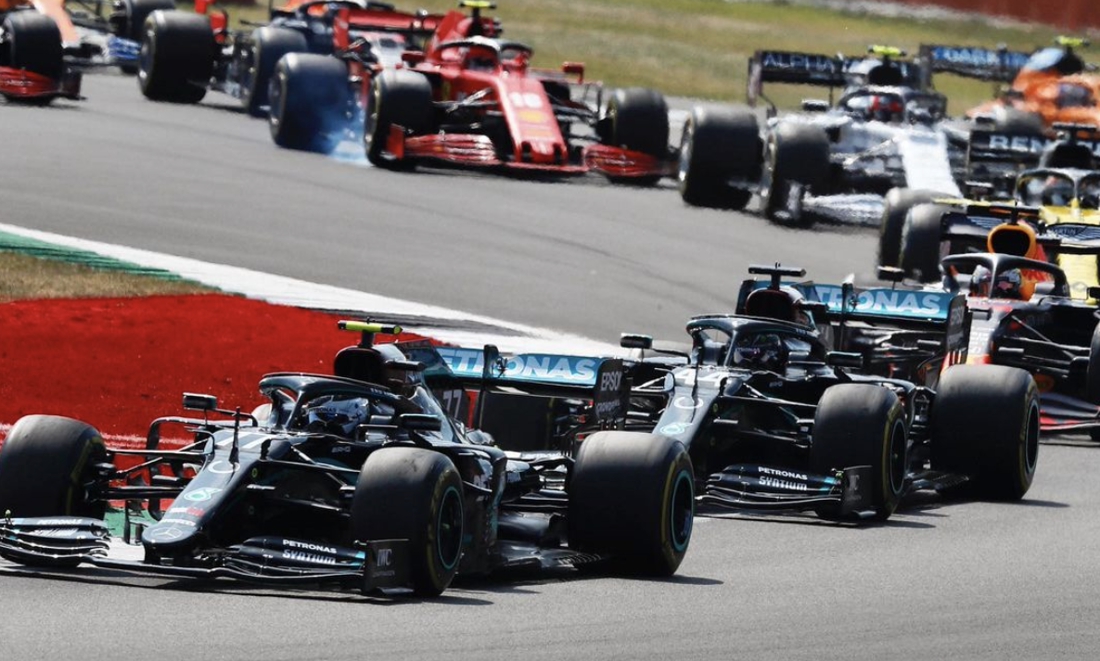Formula 1 announced viewership numbers last season and says there has been a slight decline. However, Formula 1 was significantly larger online in 2020 and this is a major boost for the sport.
In a strange year full of uncertainty, Formula 1 managed to organize a world championship with seventeen races. Fans were not allowed to attend the races and thus had to watch their favorite sport from their slow seat.
Watch numbers fall due to fewer F1 races
Compared to 2019, viewership numbers have decreased by four and a half percent, and a possible reason for this could be that some races in Europe and the Middle East have had an unfavorable start time for some regions.
Accumulated TV viewership for 2020 was 1.5 billion compared to 1.9 billion in 2019, a decrease logically attributable to the decrease in the number of matches played in 2020.
The most watched race of the season was the Grand Prix in Hungary with 103.7 million viewers, an increase of 7 per cent compared to 2019. Newcomers also performed well with 100.5 million viewers of Portugal, 98, and 1 million in Sakhir and 89.1 million for the Turkish race.
In a statement, F1 said the drop in ratings was not as impressive as in other sports.
Challenges posed by the coronavirus pandemic
“Last year was an unprecedented period for everyone, and Formula 1 had to adapt to the challenges posed by the pandemic,” said Stefano Domenicali, Formula 1 CEO.
“We have completed seventeen races, which was something many thought impossible earlier in the year.”
“The 2020 ratings show the strength and resilience of our sport, with the average ratings in 2020 being 87.4 million and the cumulative season audience of 1.5 billion.”
Significant growth of online reach
Formula 1 has seen a lot of growth online. Video views increased 47% to 4.9 billion, and the first-ever F1 Esports series achieved 11.4 million live stream views across all digital platforms, up 98% from 2019.
Formula 1 has seen a strong year of growth on social media, with a massive 36% increase in followers and 99% of engagement on Facebook, Twitter, Snapchat, TikTok and Instagram platforms.
“We had strong growth rates in China, the United Kingdom, the Netherlands, Germany and the United States, along with a massive boost in our digital numbers,” added Dominicali.
“We’ve only seen a slight decrease in TV viewership, driven by multiple causes, but it’s clearly driven by an intense and narrow geographic calendar compared to 2019, but that’s something every major sport has seen in 2020.”
“We are proud of what we presented in 2020 and know we have an incredibly strong fan base and an audience platform to grow in the years to come.
“We are delighted that our fans are so satisfied with the sport, our season and the way we have handled the global pandemic. We look forward to the start of the 2021 season after the winter break and know our enthusiasm when we go to the race.”
More F1 News:

Tv fanatic. Freelance thinker. Social media enthusiast. Total bacon lover. Communicator.

